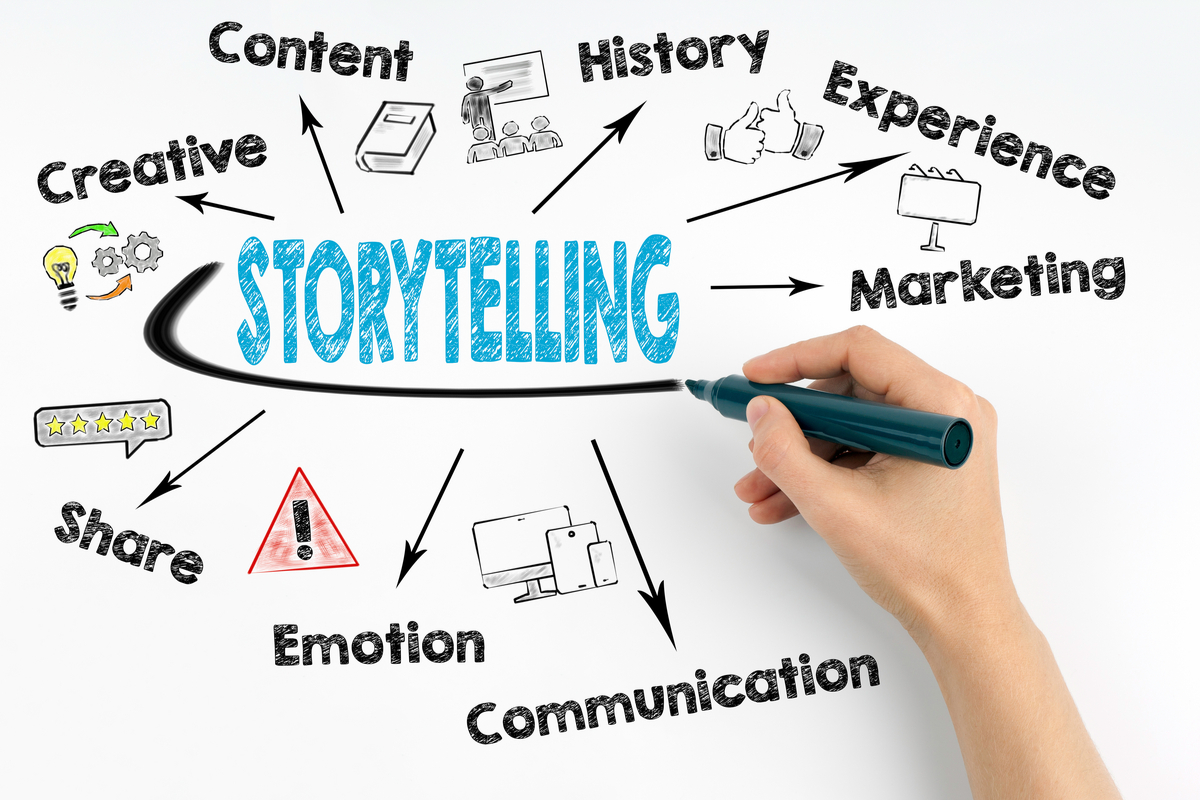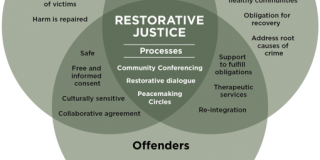In the realm of marketing, storytelling has emerged as a potent tool for capturing audience attention, fostering emotional connections, and ultimately, driving engagement and loyalty. By weaving narratives that resonate with their target audience, brands can differentiate themselves in a crowded marketplace and leave a lasting impression. In this guide, we’ll explore the transformative power of storytelling in marketing and provide practical tips for crafting compelling narratives that elevate your brand.
Understanding the Impact of Storytelling in Marketing
- Emotional Connection: Stories have the ability to evoke emotions and resonate with audiences on a deeper level, fostering a sense of connection and empathy.
- Memorability: Well-crafted narratives are more memorable than traditional marketing messages, making it easier for consumers to recall and identify with your brand.
- Differentiation: Storytelling allows brands to differentiate themselves by showcasing their values, mission, and unique brand identity.
- Engagement: Compelling stories capture and hold audience attention, driving engagement across various marketing channels.
Elements of Effective Brand Storytelling
1. Know Your Audience
- Audience Research: Understand the demographics, interests, and pain points of your target audience to tailor your storytelling efforts effectively.
- Persona Development: Create detailed buyer personas to guide your storytelling strategy and ensure relevance and resonance with your audience.
2. Define Your Brand Narrative
- Brand Identity: Clarify your brand’s mission, values, and personality to inform your storytelling approach and ensure consistency across all touchpoints.
- Unique Selling Proposition (USP): Identify what sets your brand apart from competitors and incorporate it into your narrative to highlight your competitive advantage.
3. Craft Compelling Stories
- Emotional Appeal: Tap into universal human emotions such as joy, empathy, or inspiration to create stories that resonate with your audience.
- Conflict and Resolution: Structure your stories around a central conflict or challenge that your audience can relate to, followed by a resolution that highlights your brand’s role in addressing it.
- Authenticity: Be genuine and authentic in your storytelling, avoiding overly promotional or contrived narratives that may come across as insincere.
4. Choose the Right Medium
- Content Formats: Experiment with different content formats such as videos, blog posts, social media posts, or podcasts to find the most effective way to convey your brand story.
- Visuals: Incorporate compelling visuals such as images, infographics, or illustrations to enhance the storytelling experience and captivate audience attention.
5. Engage and Interact
- Interactive Content: Encourage audience participation and engagement through interactive content such as polls, quizzes, or user-generated content campaigns.
- Feedback Loop: Listen to feedback from your audience and adapt your storytelling approach based on their preferences and responses.
Case Studies: Examples of Effective Brand Storytelling
- Nike: Nike’s “Just Do It” campaign tells stories of perseverance, determination, and triumph, inspiring audiences to push beyond their limits.
- Dove: Dove’s “Real Beauty” campaign challenges traditional beauty standards and celebrates diversity and inclusivity, resonating with audiences worldwide.
- Airbnb: Airbnb’s “Belong Anywhere” campaign showcases real stories of travelers and hosts, emphasizing the platform’s ability to foster connections and create meaningful experiences.
Conclusion
In today’s competitive marketplace, the ability to tell compelling stories is a valuable skill for marketers seeking to cut through the noise and engage their audience effectively. By understanding the power of storytelling and implementing the strategies outlined in this guide, you can craft narratives that resonate with your audience, differentiate your brand, and drive meaningful connections and engagement. Remember, the best stories are not just told—they’re experienced, shared, and remembered long after the final chapter.





